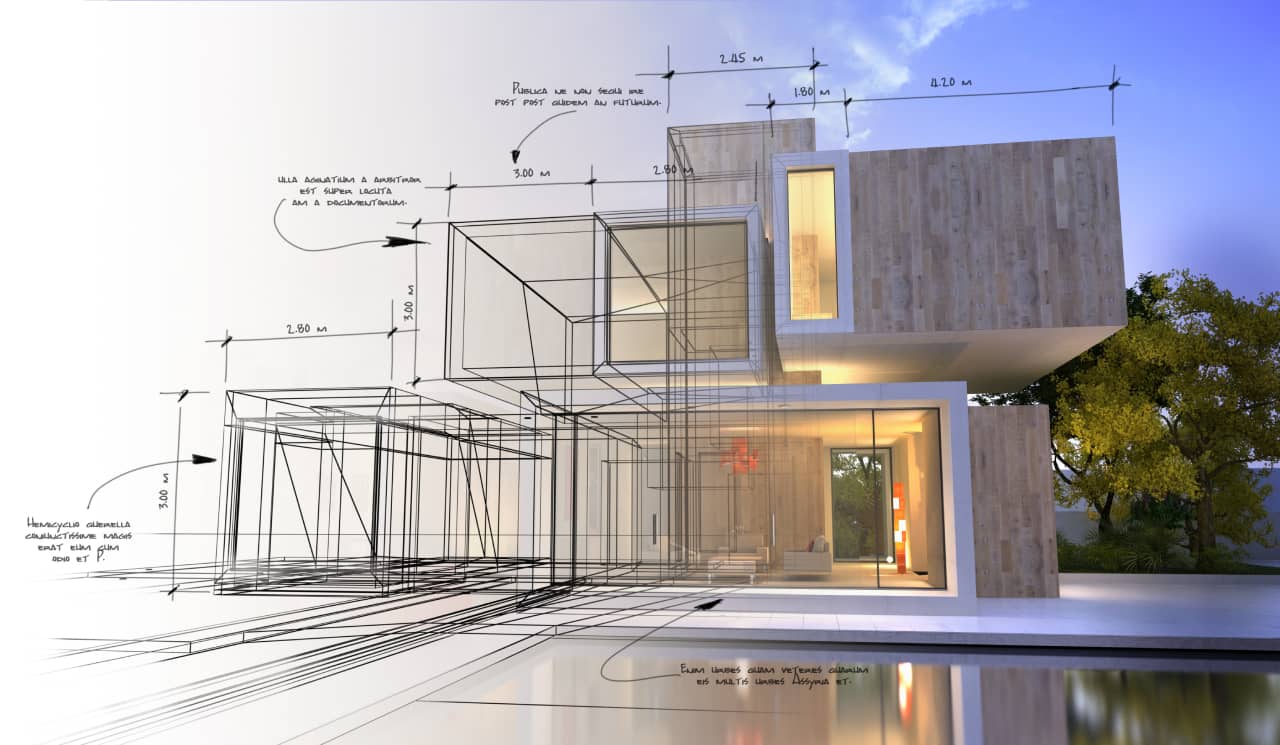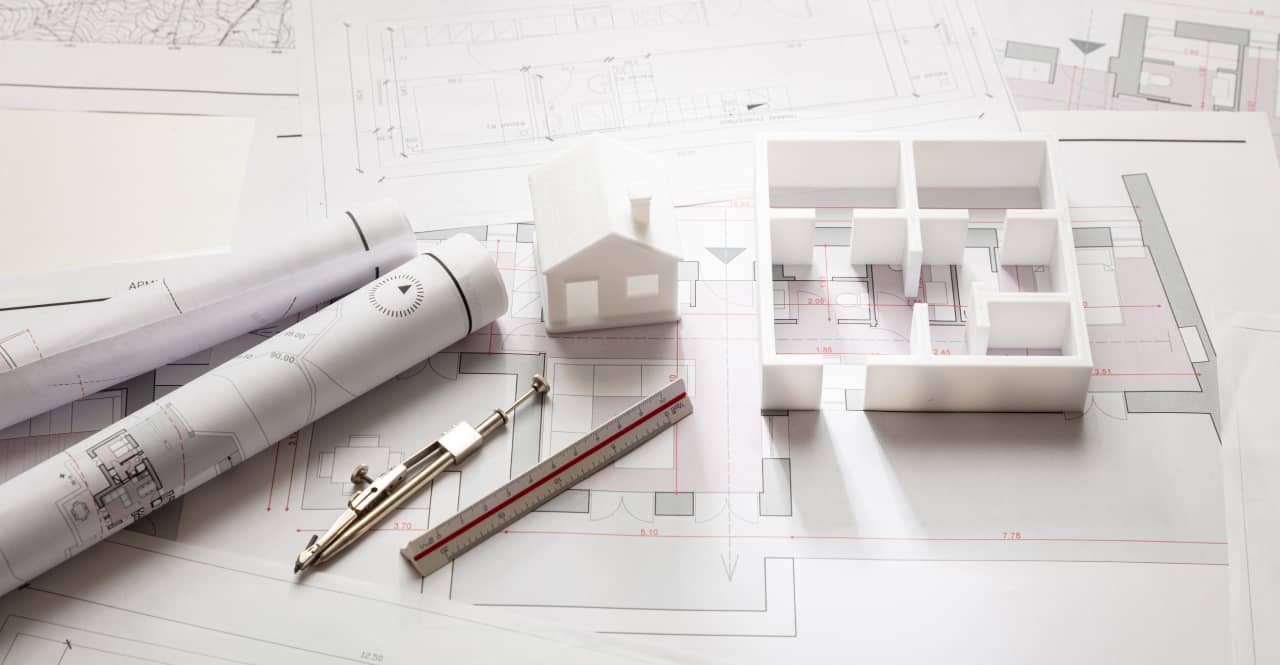Planning the design of your new home may be a very thrilling endeavor. However, there are many factors to consider when designing a house that you can call home.
Factors To Remember
A house can be called a dream home when it embodies the ideas and interests of the people living there. The path to achieving your goals begins with the drafting of a design plan. The following are few factors to keep in mind when planning a home design.

1. Location
The location is a significant factor in determining the expense and architectural design. Have you examined the place more closely? Have you decided whether this is the ideal location for your dream house? If you’re living in Australia, there are plenty of good sites like Bushmead.
Check out the location. Ensure that the surface is plain. Land that is more level will be cheaper to build on and open up more choices for home designs. The soil underneath the house is also significant. The foundations rely on the state of the land. To avoid spending on soil preparation, it is best to ensure that the soil is ideal before construction.
2. Budget
How much budget have you set aside for the whole design? Budgeting may be a difficult concept to grasp. But if you’ve never been in the habit of doing it before, it’s worth opening an account to track expenses when planning to design a home.
Designing and constructing a house may be very expensive. Not having a budget in place will likely lead to overspending. If you want to prevent it, you should set a budget and then abide by it. For those with a big budget, it’s okay to make your design complex. However, you may have to stick to a simple design for those who are on a tight one.
3. Orientation Of The House

The orientation of your house is important. It would be best if you never leave this element out of the design process. Living areas like bedrooms must be oriented correctly to guarantee the comfort of the households.
Collaborate with an architect to choose a primary orientation for your home. They may also assist you in determining how to maximize exposure to the elements effectively. For instance, they may help you set up your space with natural lightings.
4. Your Lifestyle
Your home must complement your way of living. To check that, try to imagine yourself living in your dream house. Is it convenient for your everyday life? Do you have the freedom to invite visitors whenever you want?
While your house should be a pleasant place to live, it also has to be functional. Include spaces to rest, play, or engage in your usual activities. It needs to design and decorate your home to highlight the most used areas.
5. Your Family
Be sure to include your family in the plan. Think about your household’s outlook on the building layout and design. Make sure that they’re happy with it because you’ll be sharing the place with them. Design the plan around them. Every single family member should be covered.
Consider the dimensions of rooms and their intended usage. Ensure your home is safe for your children; provide a space to play and perhaps a patio or garden. The design of your whole house should suit your family’s comfortability.
Before starting any design process, have a talk with your family about what they want. You’ll be encouraged or inspired by their responses. That way, it prevents most of the disagreement and criticism that would happen in the future.
6. Rooms
It would be best if you begin with the most basic rooms. Following that, create a second list for additional rooms. But be aware that your budget ultimately decides. Determine your family size and use it as a guideline for making this list.
Even if you don’t need additional rooms, such as a garage, workplace, or balcony, you must include them in the design if you want them. Once you’ve outlined everything, creating the design layout will be much easier.
7. Storage
Without enough storage, your home will soon be a mess. In addition to the children who come in growing families, there are other reasons to increase the storage capacity periodically. It’s important to think about room for storage when you’re designing your home.
Consider the additional stuff you’ll need when you welcome a new child to the household. Make sure to include built-in storage. Built-in storage is perfect for keeping books, stuffed animals, and entertainment organized.
8. Furniture
It’s essential to choose the right-sized furniture for your home interior. You’ll want to start early to make room for your furnishings. The arrangement of furniture in your home should suit your floor layout. No excessive furnishings should block traffic movement. Place them apart by 90 centimeters or more for easy mobility.
9. Future Costs
Think about the potential outcomes of design elements. Everything may look great on paper. In reality, the practical and economic aspects soon take precedence.
Ascertain the durability of your structure. Choose products that are sturdy and durable yet don’t need much care. Don’t be tempted into spending money on nondurable items because other materials are expensive. The climate in your area should also be taken into account when deciding on materials.
10. Professional Advice
You can’t be sure that you know everything. It is commendable that you’re taking the initiative to design your dream house yourself. It’s still important to consult professionals in this field.
Self-planning will benefit the architect since you’ve made it simpler for them to visualize what you desire. However, be prepared for adjustments. There might be a necessity to standardize a few items. Therefore, take into account your architects’ recommendations and adjustments.
Expect faults and errors during and after development, and be ready to correct them. It may be the point at which the extra expenses you budgeted become relevant.
Conclusion
Once you’ve understood the different factors to consider while designing a home, you’ll be more prepared to create an efficient design. Acknowledge that there’s no sense in finding a smooth plan. All designs may be customized to meet your specific requirements.
Before you begin, ensure that the plan fits your requirements and goals. If you’re having a hard time figuring out things, try working with an architect to create designs just for you.




